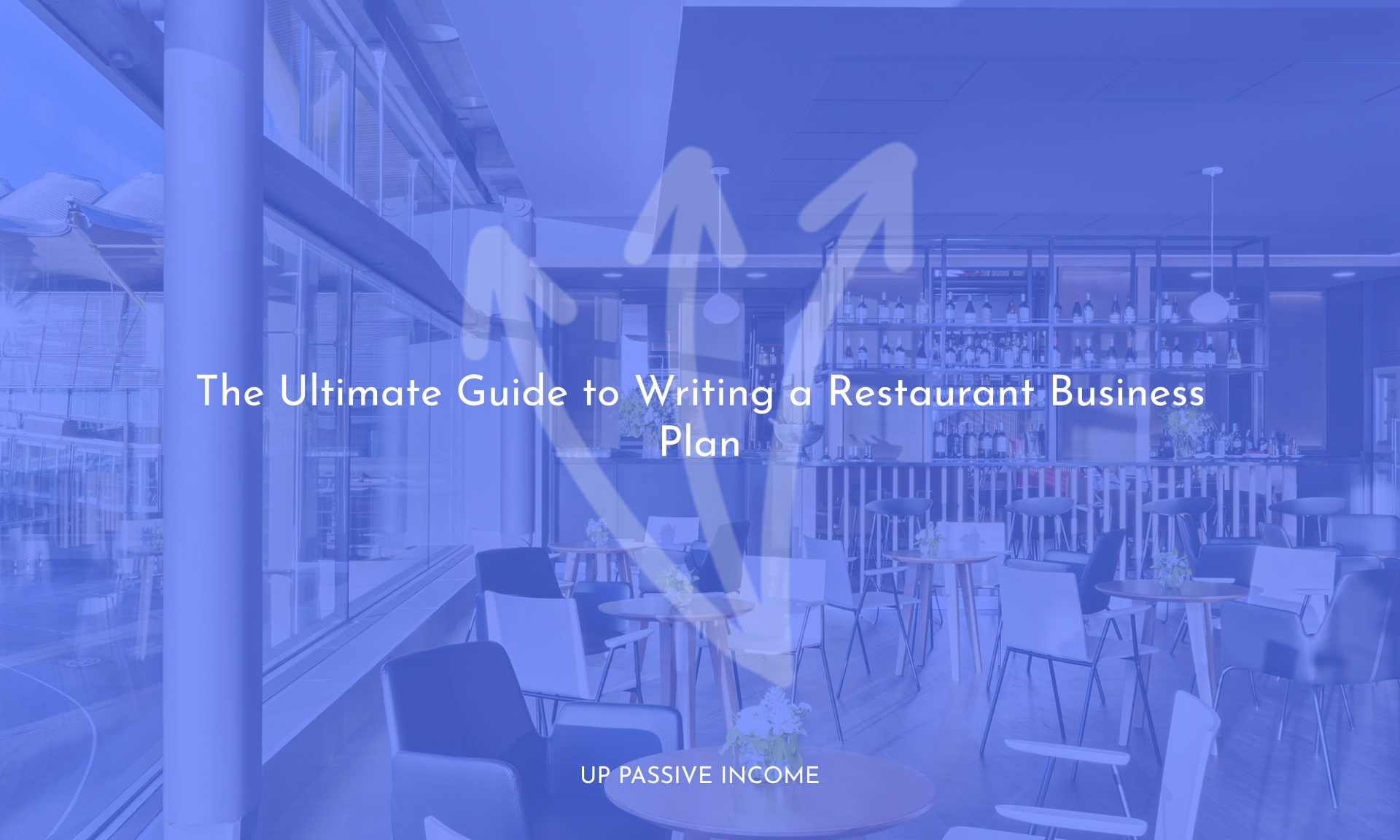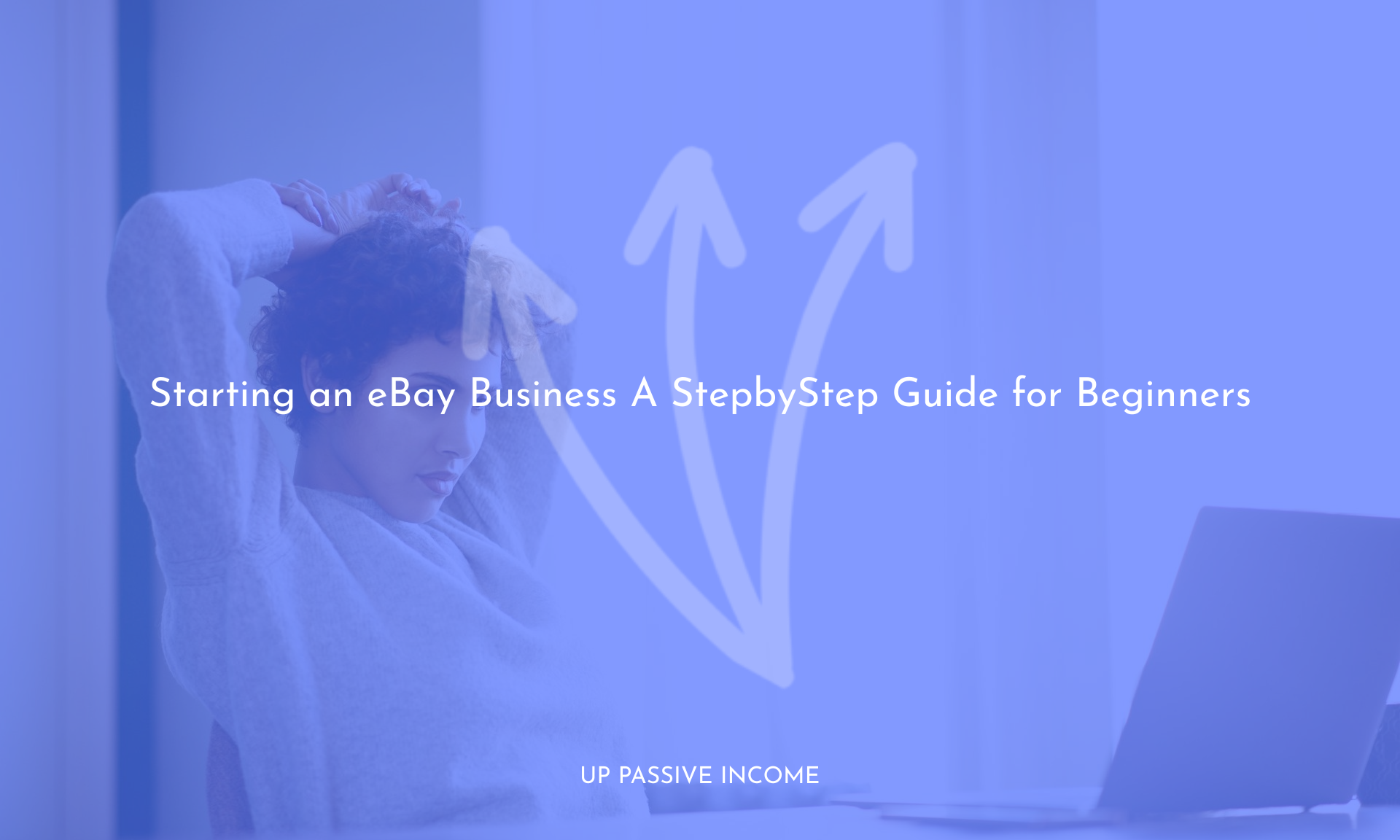Our step-by-step guide can help you learn how to create a business plan for a restaurant and why its so important.
Learn the essential steps and strategies to create a comprehensive and effective business plan for your restaurant. Discover why a well-crafted business plan is crucial for success in the competitive restaurant industry, and get ready to utilize a restaurant business plan template that will set you up for success.
Table of Contents
When starting a business—no matter what type of business that may be—a business plan is essential to map out your intentions and direction. Thats the same for a restaurant business plan, which will help you figure out where you fit in the landscape, how youre going to differ from other establishments around you, how youll market your business, and even what youre going to serve. A business plan for your restaurant can also help you later if you choose to apply for a business loan.
While opening a restaurant isnt as risky as youve likely heard, you still want to ensure that youre putting thought and research into your business venture to set it up for success. And thats where a restaurant business plan comes in.
Well go through how to create a business plan for a restaurant and a few reasons why its so important. After you review the categories and the restaurant business plan examples, you can use the categories to make a restaurant business plan template and start your journey.
Why you shouldnt skip a restaurant business plan
First-time restaurateurs and industry veterans alike all need to create a business plan when opening a new restaurant. Thats because, even if you deeply understand your business and its nuances (say, seasonal menu planning or how to order correct quantities), a restaurant is more than its operations. Theres marketing, financing, the competitive landscape, and more—and each of these things is unique to each door you open.
Thats why its so crucial to understand how to create a business plan for a restaurant. All of these things and more will be addressed in the document—which should run about 20 or 30 pages—so youll not only have a go-to-market strategy, but youll also likely figure out some things about your business that you havent even thought of yet.
Additionally, if youre planning to apply for business funding down the line, some loans—including the highly desirable SBA loan—actually require you to submit your business plan to gain approval. In other words: Dont skip this step!
How to write a restaurant business plan: Step by step
Theres no absolute format for a restaurant business plan that you cant stray from—some of these sections might be more important than others, for example, or you might find that theres a logical order that makes more sense than the one in the restaurant business plan example below. However, this business plan outline will serve as a good foundation, and you can use it as a restaurant business plan template for when you write your own.
Executive summary
Your executive summary is one to two pages that kick off your business plan and explain your vision. Even though this might seem like an introduction that no one will read, that isnt the case. In fact, some investors only ask for the executive summary. So, youll want to spend a lot of time perfecting it.
Your restaurant business plan executive summary should include information on:
-
Mission statement: Your goals and objectives
-
General company information: Include your founding date, team roles (i.e. executive chef, sous chefs, sommeliers), and locations
-
Category and offerings: What category your restaurant fits into, what youre planning to serve (i.e. farm-to-table or Korean), and why
-
Context for success: Any past success youve had, or any current financial data thatll support that you are on the path to success
-
Financial requests: If youre searching for investment or financing, include your plans and goals here and any financing youve raised or borrowed thus far
-
Future plans: Your vision for where youre going in the next year, three years, and five years
When youre done with your executive summary, you should feel like youve provided a birds eye view of your entire business plan. In fact, even though this section is first, you will likely write it last so you can take the highlights from each of the subsequent sections.
And once youre done, read it on its own: Does it give a comprehensive, high-level overview of your restaurant, its current state, and your vision for the future? Remember, this may be the only part of your business plan potential investors or partners will read, so it should be able to stand on its own and be interesting enough to make them want to read the rest of your plan.
Company overview
This is where youll dive into the specifics of your company, detailing the kind of restaurant youre looking to create, whos helping you do it, and how youre prepared to accomplish it.
Your restaurant business plan company overview should include:
-
Purpose: The type of restaurant youre opening (fine dining, fast-casual, pop-up, etc.), type of food youre serving, goals you have, and the niche you hope to fill in the market
-
Area: Information on the area in which youre opening
-
Customers: Whom youre hoping to target, their demographic information
-
Legal structure: Your business entity (i.e. LLC, LLP, etc.) and how many owners you have
Similar to your executive summary, you wont be going into major detail here as the sections below will get into the nitty-gritty. Youll want to look at this as an extended tear sheet that gives someone a good grip on your restaurant or concept, where it fits into the market, and why youre starting it.
Team and management
Barely anything is as important for a restaurant as the team that runs it. Youll want to create a section dedicated to the members of your staff—even the ones that arent yet hired. This will provide a sense of who is taking care of what, and how you need to structure and build out the team to get your restaurant operating at full steam.
Your restaurant business plan team and management section should have:
-
Management overview: Who is running the restaurant, what their experience and qualifications are, and what duties theyll be responsible for
-
Staff: Other employees youve brought on and their bios, as well as other spots you anticipate needing to hire for
-
Ownership percentage: Which individuals own what percentage of the restaurant, or if you are an employee-owned establishment
Be sure to update this section with more information as your business changes and you continue to share this business plan—especially because who is on your team will change both your business and the way people look at it.
Sample menu
Youll also want to include a sample menu in your restaurant business plan so readers have a sense of what they can expect from your operations, as well as what your diners can expect from you when they sit down. This will also force you to consider exactly what you want to serve your diners and how your menu will stand out from similar restaurants in the area. Although a sample menu is in some ways self-explanatory, consider the following:
-
Service: If your brunch is as important as your dinner, provide both menus; you also might want to consider including both a-la-carte and prix fixe menus if you plan to offer them.
-
Beverage/wine service: If youll have an emphasis on specialty beverages or wine, a separate drinks list could be important.
-
Seasonality: If youre a highly seasonal restaurant, you might want to consider providing menus for multiple seasons to demonstrate how your dishes (and subsequent purchasing) will change.
Market analysis
This is where youll begin to dive deeper. Although youve likely mentioned your market and the whitespace you hope to address, the market analysis section will enable you to prove your hypotheses.
Your restaurant business plan market analysis should include:
-
Industry information: Include a description of the restaurant industry, its size, growth trends, and other trends regarding things such as tastes, trends, demographics, structures, etc.
-
Target market: Zoom in on the area and neighborhood in which youre opening your restaurant as well as the type of cuisine youre serving.
-
Target market characteristics: Describe your customers and their needs, how/if their needs are currently being served, other important pieces about your specific location and customers.
-
Target market size and growth: Include a data-driven section on the size of your market, trends in its growth, how your target market fits into the industry as a whole, projected growth of your market, etc.
-
Market share potential: Share how much potential there is in the market, how much your presence will change the market, and how much your specific restaurant or restaurant locations can own of the open market; also touch on any barriers to growth or entry you might see.
-
Market pricing: Explain how youll be pricing your menu and where youll fall relative to your competitors or other restaurants in the market.
-
Competitive research: Include research on your closest competitors, how they are both succeeding and failing, how customers view them, etc.
If this section seems like it might be long, it should—its going to outline one of the most important parts of your strategy, and should feel comprehensive. Lack of demand is the number one reason why new businesses fail, so the goal of this section should be to prove that there is demand for your restaurant and show how youll capitalize on it.
Additionally, if market research isnt your forte, dont be shy to reach out to market research experts to help you compile the data, or at least read deeply on how to conduct effective research.
Marketing and sales
Your marketing and sales section should feel like a logical extension of your market analysis section, since all of the decisions youll make in this section should follow the data of the prior section.
The marketing and sales sections of your restaurant business plan should include:
-
Positioning: How youll describe your restaurant to potential customers, the brand identity and visuals youll use to do it, and how youll stand out in the market based on the brand youre building
-
Promotion: The tools, tactics, and platforms youll use to market your business
-
Sales: How youll convert on certain items, and who/how you will facilitate any additional revenue streams (i.e. catering)
Its likely that youll only have concepts for some of these elements, especially if youre not yet open. Still, get to paper all of the ideas you have, and you can (and should) always update them later as your restaurant business becomes more fully formed.
Business operations
The business operations section should get to the heart of how you plan to run your business. It will highlight both internal factors as well as external forces that will dictate how you run the ship.
The business operations section should include:
-
Management team: Your management structure and hierarchy, and who is responsible for what
-
Hours: Your hours and days of operation
-
Location: Whats special about your location that will get people through the door
-
Relationships: Any advantageous relationships you have with fellow restaurateurs, places for sourcing and buying, business organizations, or consultants on your team
Add here anything you think could be helpful for illustrating how youre going to do business and what will affect it.
Financials
Here, youll detail the current state of your business finances and project where you hope to be in a year, three years, and five years. Youll want to detail what youve spent, what you will spend, where youll get the money, costs you might incur, and returns youll hope to see—including when you can expect to break even and turn a profit.
-
Financial statements: If youve been in business for any amount of time, include existing financial statements (i.e. profit and loss, balance sheet, cash flow, etc.)
-
Budget: Your current budget or a general startup budget
-
Projections: Include revenue, cash flow, projected profit and loss, and other costs
-
Debt: Include liabilities if the business has any outstanding debt or loans
-
Funding request: If youre requesting a loan or an investment, lay out how much capital youre looking for, your companys valuation (if applicable), and the purpose of the funding
Above all, as youre putting your financials together, be realistic—even conservative. You want to give any potential investors a realistic picture of your business.
Appendix
Feel like there are other important components but they don’t quite fit in any of the other categories (or make them run too long)? Thats what the restaurant business plan appendix section is for. And although in, say, a book, an appendix can feel like an afterthought, dont ignore it—this is another opportunity for you to include crucial information that can give anyone reading your plan some context. You may include additional data, graphs, marketing collateral (like logo mockups), and more.
The bottom line
Whether youre writing a restaurant business plan for investors, lenders, or simply for yourself and your team, the most important thing to do is make sure your document is comprehensive. A good business plan for a restaurant will take time—and maybe a little sweat—to complete fully and correctly.
One other crucial thing to remember: a business plan is not a document set in stone. You should often look to it to make sure youre keeping your vision and mission on track, but you should also feel prepared to update its components as you learn more about your business and individual restaurant.
This article originally appeared on JustBusiness, a subsidiary of NerdWallet.
Thanks to Source
restaurant business plan



